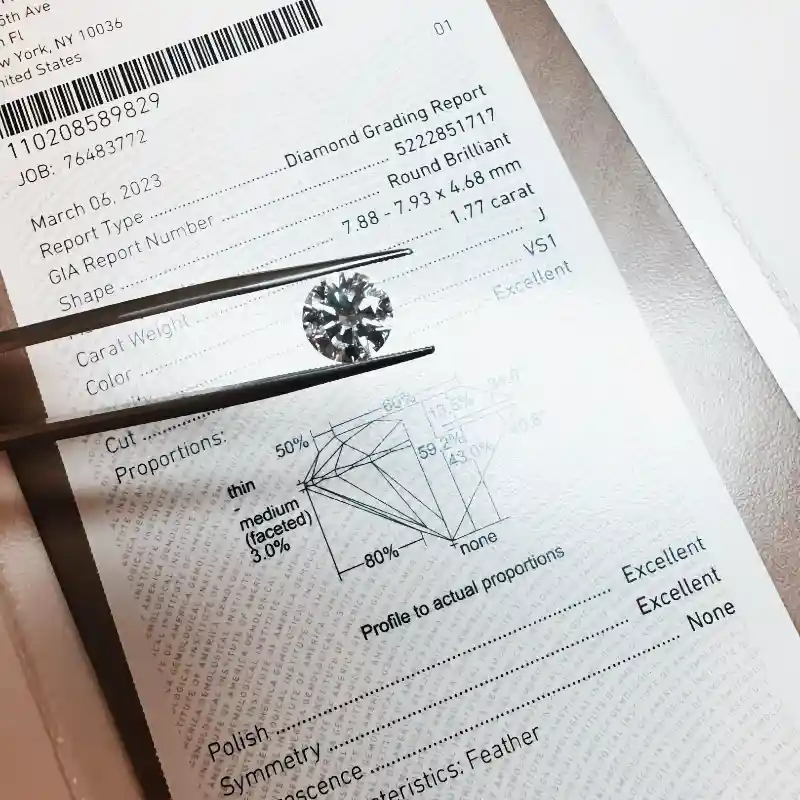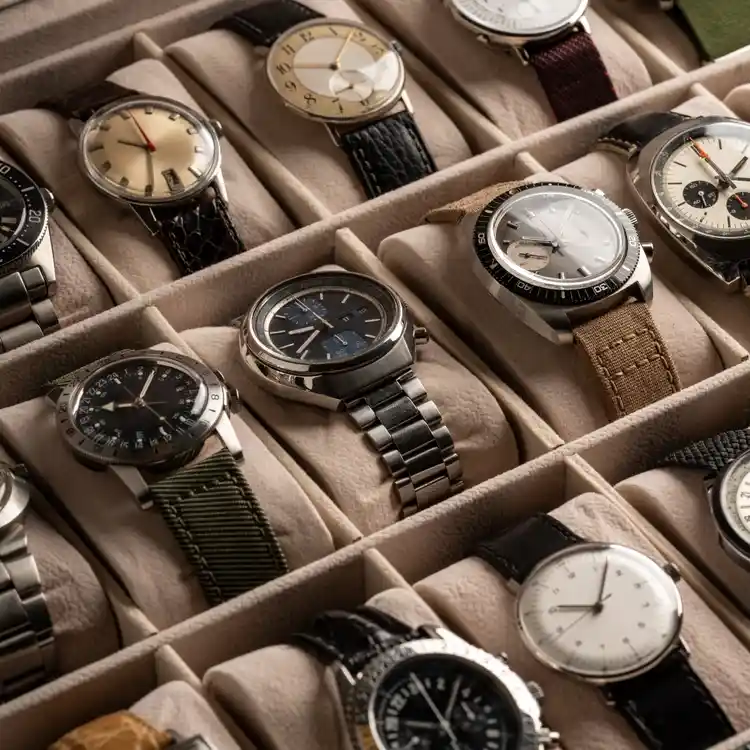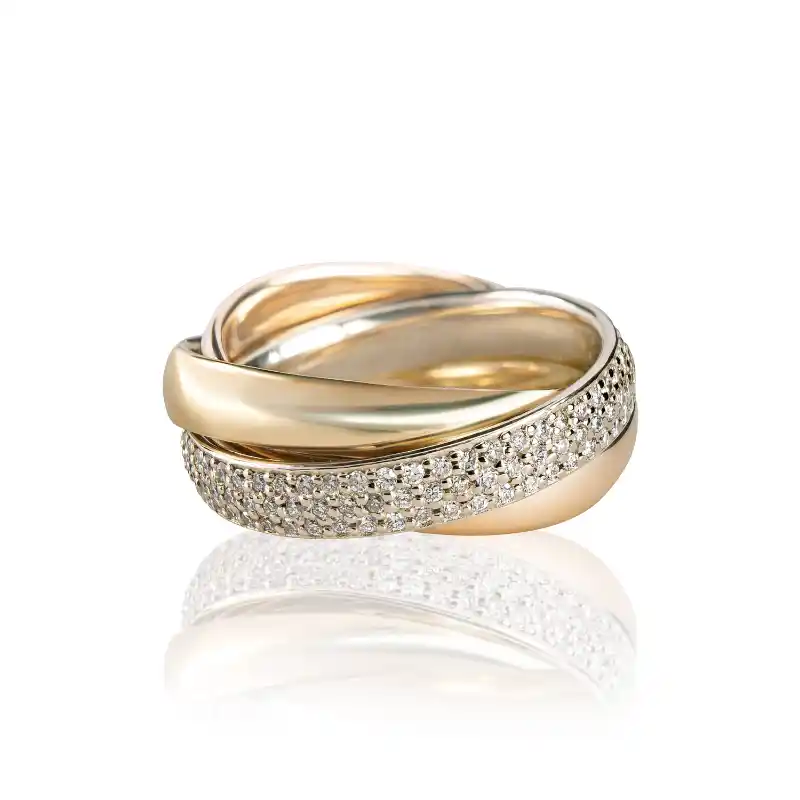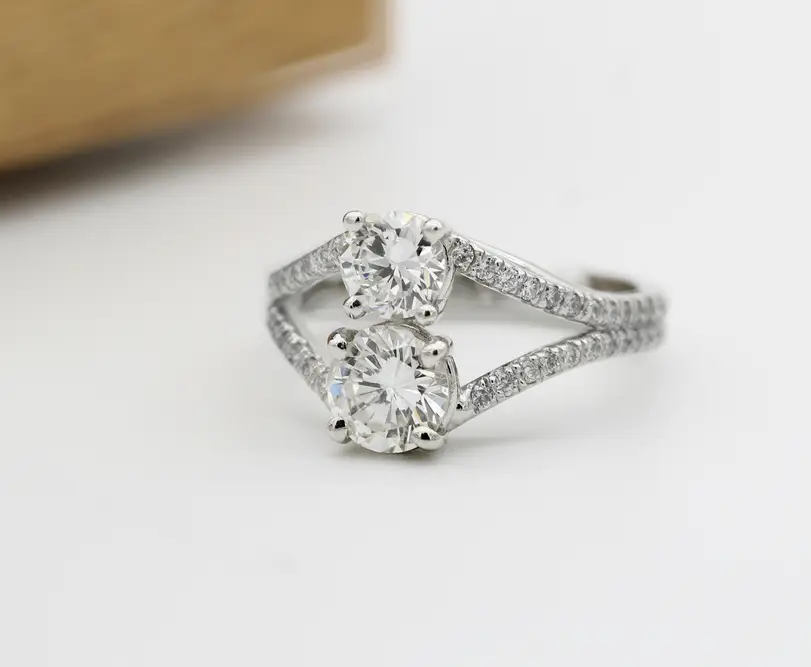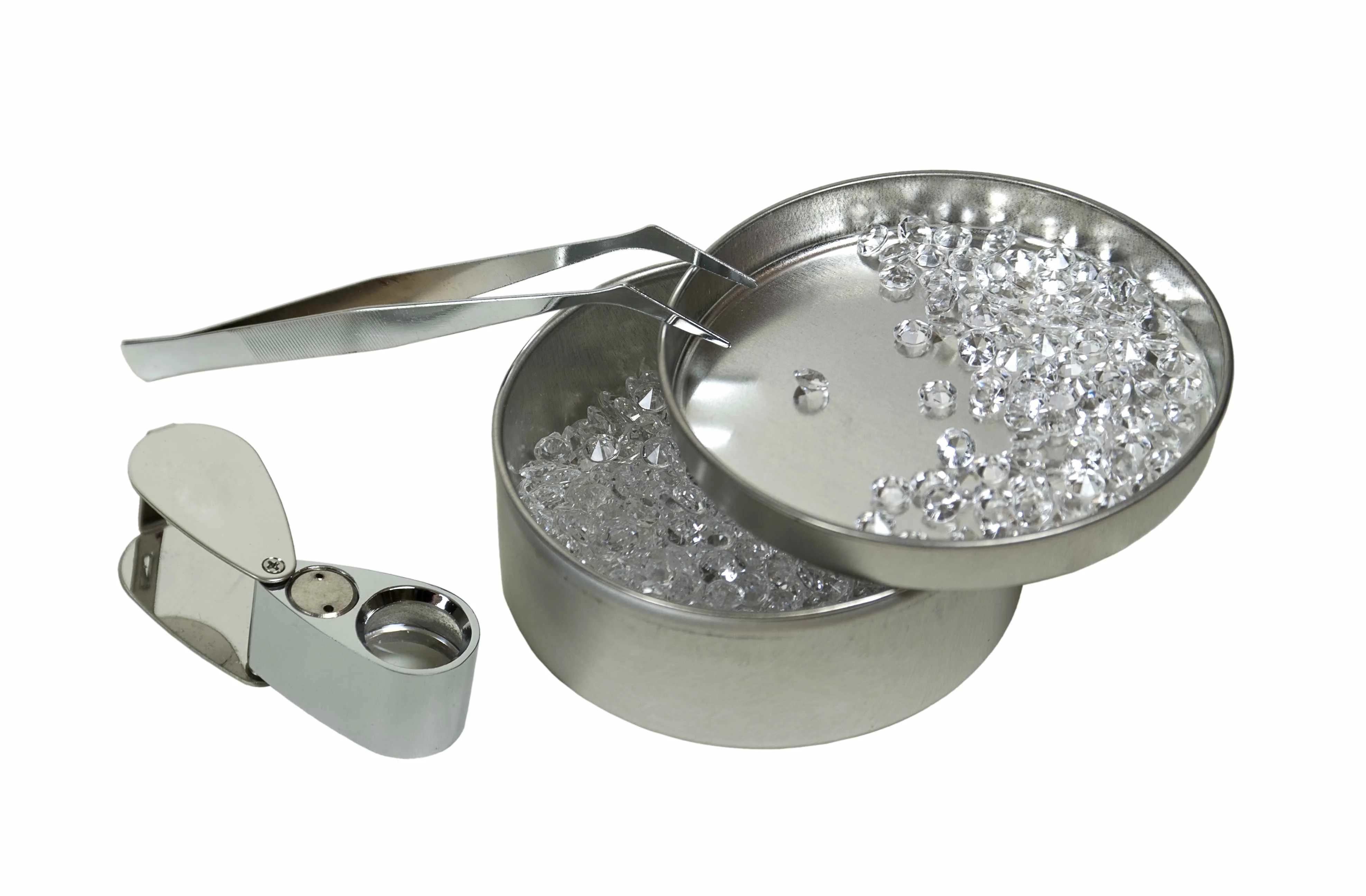
Defining Recycled Diamonds & Their Value
Recycled diamonds are perhaps the fine jewelry industry’s best kept trade secret, presenting a compelling opportunity for jewelry designers and retailers to incorporate a sustainable, value-retaining option to newly mined natural diamonds and lab-grown diamonds.
The broadest definition of recycled diamond is a natural diamond that was previously owned or manufactured and has re-entered the diamond supply chain to be repurposed for another piece of jewelry.
Recycled diamonds are acquired in many ways, including from the jewelry boxes of consumers, estate sales and bankruptcies, and part of inventory liquidations and closeouts of collections that may never have made it to market.
White Pine, for example, buys exclusively from the trade, including pawn shops, retailers, diamond dealers, and diamond manufacturers. Consistency and quality of the goods it brings to market are top priorities for this leading supplier of calibrated recycled diamond melee, and breakout and single stones, both certified and non-certified, in all shapes, sizes and qualities.
“We categorize our diamonds as Very Good to Excellent makes,” shares White Pine CEO Benjamin Burne, who founded the company in New York in 2010 aiming to revolutionize the industry’s use of recycled diamonds. “The way we maintain this standard is by re-cutting as many of the diamonds we purchase as possible at our factory before putting it into our stock. This process allows our customers to receive top quality recycled natural diamonds every time.” Moreover, White Pine is selective in the diamonds used in its melee program, standard G/H color, with the ability to satisfy requests above or below that grade.
Sustainable Value
Recycled diamonds are graded on the same scale as natural diamonds and priced competitively. Historically, the value of natural diamonds has increased over time, unlike lab-grown diamonds.
The Natural Diamond Council, formed by the world’s largest mining companies to promote natural diamonds, endorses recycled diamonds, as the trend only reinforces the value of buying a natural diamond.
“We focus on the forever value of diamonds, both financially and emotionally,” NDC’s CEO David Kellie told Women’s Wear Daily last August. Recycled diamonds bring that back to the forefront of consumer awareness and prove diamond’s value proposition, he underscores, citing that all of the projections for diamonds produced from the earth over the next 25 to 40 years will continue to decline. “The number produced is relatively small [compared to how many diamonds are in the larger market].”
In addition to holding their value, recycled diamonds often are a better value than other diamonds, particularly if purchased in estate or vintage jewelry. “Diamonds typically pass through many hands — miner, rough dealer, diamond manufacturer, polished dealer, jewelry manufacturer, jewelry wholesaler, and retailer — before finding their way to the public,” explains Burne. “Each set of hands marks the diamond up a bit further above the commodity price of the raw materials. When buying estate or vintage jewelry, the piece can often be bought based on the material value, or close to it.”
Sustainable Advantage
Next to second-hand clothing, handbags and shoes that degrade over time and decline in value upon resale, diamond, the hardest naturally occurring substance, is the ideal candidate for recycling, as diamond, after all, is forever!
Recycled diamonds are the most sustainable diamond available, with the lowest ecological impact, as they are being reintroduced into the market without having to unearth a new stone from the ground or grow one in a laboratory.
This clear message for recycling will resonate with a large portion of the community, a sales advantage for jewelers who offer recycled diamonds as a choice in custom design.
Burne believes that there has not been enough attention paid to recycling in the diamond industry, even though it has been going on behind the scenes for centuries. “We believe the luxury market needs to focus on sustainable practices, with an emphasis on purchasing pre-owned items already in circulation, and selling luxury goods back into the market. This will help reduce mining, manufacturing, and other activities detrimental to the environment.”
In almost every industry, businesses are emphasizing sustainability and social responsibility, as consumers prioritize these issues, heeding the call for action to reach the United Nations Sustainable Goals in the next decade.
“Everything we can do to recycle, reuse, and repurpose helps the environment,” says Burne, who encourages jewelers to scale up their promotion of recycled diamonds as part of a successful business strategy.
Diamond market analyst Paul Ziminisky in 2019 estimated the diamond resale market to be about 1% to 3% of the natural diamond supply on an annual basis, or 2 to 4 million carats of rough equivalent. He expects the recycled diamond market to grow 3% to 5%, or 150,000 carats of rough equivalent a year. He advocates the trade supports a robust diamond resale market for consumers, as the best way for it to demonstrate the value of its product, and differentiate itself from lab-created diamonds and other competing luxury products.
Recycled diamonds are becoming increasingly important for jewelers as global diamond mining yields continue to diminish. Experts say their popularity has increased dramatically since the pandemic began, with many engagement ring shoppers directly asking for recycled stones. Recycled diamonds provide a choice for consumers who are more educated, appreciate customization and uniqueness, and want to feel good about their purchases.









